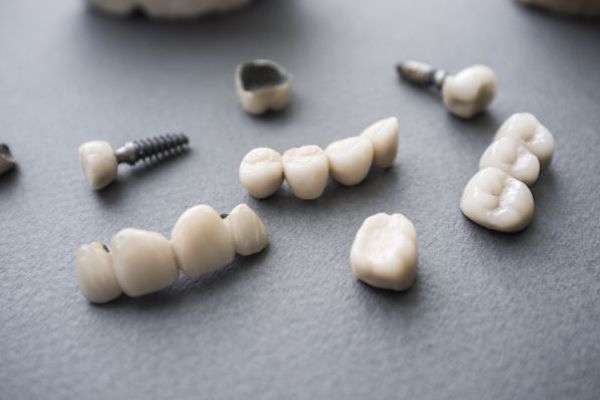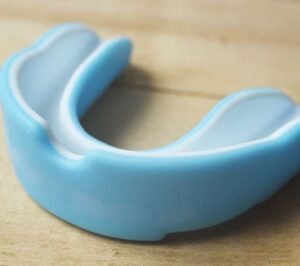 A patient may invest in dental implants for a variety of different reasons, many of which focus on positively changing personal image and improving overall oral health. Implants are often applied when patients are missing one or more teeth and are not interested (or have had no success with) dentures or dental bridges. To understand if this type of dental work is the right course of action, a patient must first know about the types of implants and the issues they address.
A patient may invest in dental implants for a variety of different reasons, many of which focus on positively changing personal image and improving overall oral health. Implants are often applied when patients are missing one or more teeth and are not interested (or have had no success with) dentures or dental bridges. To understand if this type of dental work is the right course of action, a patient must first know about the types of implants and the issues they address.
Implant options
On a basic level, a dental implant is a metal post that is screwed into the patient’s jawbone. Once secured, an artificial tooth, or crown, that matches the patient’s natural tooth color is attached to the post. The end result is a full smile and healthy, sturdy bite.
Dental implants can be broken into several categories, and a dentist may suggest one over the others because of specific patient needs. First, a dentist must determine if the patient has a strong enough jawbone for an implant. After that is decided, a patient may receive one of three different types of implants.
Endosteal versus subperiosteal
All implants can be divided into two major types: endosteal and subperiosteal. Endosteal implants are placed directly in the jawbone. These are often used with patients who have strong, healthy jawbones that are not at risk of breaking during the procedure or after the implants are placed. Endosteal placements are more common than subperiosteal.
Subperiosteal implants do not go into the jawbone but rest above it within the gums. Patients who do not have robust jawbones may undergo bone restoration techniques to regrow and fortify the bone to make it a candidate for endosteal implants. However, patients who do not wish to receive this treatment can opt for subperiosteal implants.
Single implants
Single dental implants are used if a patient is missing just one tooth. One post can be set into the jawbone where the tooth is missing, essentially replacing the lost root. The jawbone must then be given ample time to heal around the post, a period that can last several months. After it is fully healed, the crown is secured to the post via a third piece called an abutment.
Implant-supported bridges
Some patients are missing consecutive teeth in a row. In this case, dental implants can be placed in the location of the roots of the two teeth on each end of the row. The crowns attached to these implants support the crowns in between, creating an effective “bridge.†This removes the need for an implant under each artificial tooth.
Implant-retained dentures
The third option is for patients missing most teeth. Several implants are secured in the jawbone and attached to an entire denture that sits on top of the gums. Instead of having dentures that must regularly be removed, these dentures are permanently fixed in place.
Check out what others are saying about our dental services on Yelp:
Dental Implants in Tamarac, FL
Conclusion
Some dental implants work better for certain patients than others. See a dentist to get an assessment of your teeth and to discover what implant may work well for you.
Request an appointment or call The Dental Place of Tamarac at 954-271-8072 for an appointment in our Tamarac office.
Related Posts
Do you need a dental implant? Read on to learn more about this type of dental restoration. Removable partial dentures and a fixed dental bridge not supported by implants are not considered permanent restorations. However, a dental implant restoration is considered permanent, as it essentially uses the same structure as a natural tooth.The benefits of…
Dental implant surgery can bring back your stunning smile. Tooth loss makes eating, speaking, and even smiling difficult. It affects a person’s self-esteem. Getting implants can make you feel good about yourself again. Here are the details on how a dental implant can help you smile confidently again.People who use removable restorations often complain about…
Dental implants are among the most popular missing teeth replacement options available in general dentistry. They are the only oral prosthetics that replace missing teeth and their roots, which means they preserve bone tissues in the jaw. Bone tissue loss typically takes place when teeth fall out due to the bone tissues not getting the…
We are committed to providing quality healthcare to families located in the Tamarac area and treat patients of all ages.
The Dental Place of Tamarac
7300 W McNab Rd Ste 115
Tamarac, FL 33321
Phone: (954) 271-8072
Book Your Appointment Today!




